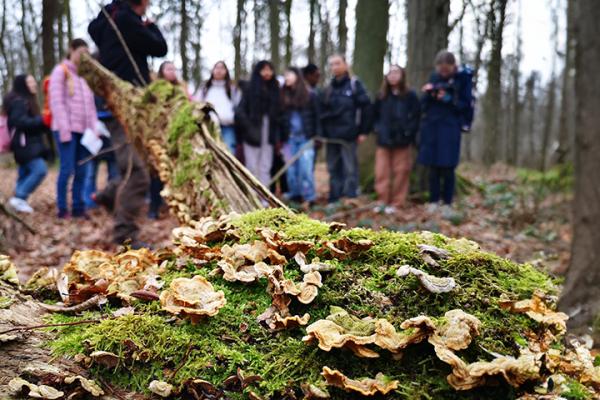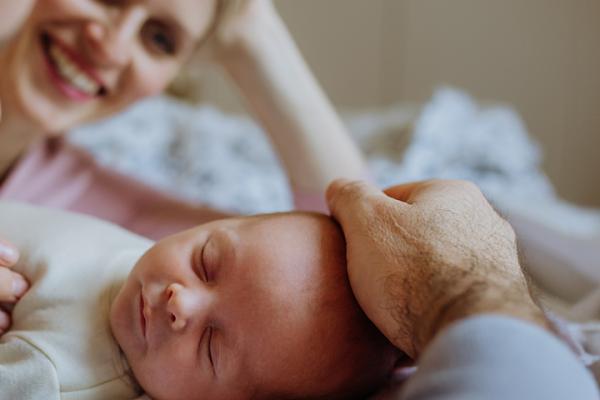The small, lightweight band will help young blind and visually impaired children explore the dimensions of their bodies and understand their environment.
A child could go to a party with some friends, for example, and hand each companion a bracelet producing a unique sound. Then, if they lose someone or feel alone, they could turn on the bracelet and use a simple application to locate that friend.
Since February this year, the ABBI project has been working with children to create the motion-sensitive bracelet, which will generate sounds in response to the wearer’s movements.
The simplicity of the device will make it accessible to children from the age of one, said project coordinator Dr Monica Gori, based at the Italian Institute of Technology.
‘Compared to many other devices that are available, ABBI does not require any kind of learning, or language. It’s a simple sound,’ she said. ‘The most important aspect of ABBI is that we’re creating a new association between body movement and sound that can be used in the first years of life.’
“‘We’re creating a new association between body movement and sound that can be used in the first years of life.’
This feedback will give children a better understanding of where their limbs are and a better sense of the types of movements they are making – helping them control their posture, coordinate their movements and orientate themselves in their environment.
It is widely believed that blind and visually impaired people have an enhanced ability to perceive and process sound. But this is not the case, said Dr Gori.
She and her team are finding that most of the children they work with have problems in understanding the positioning of sounds in the world around them. For example, if three people are talking, such children find it difficult to tell who is closest to them.
‘At the moment, we’re evaluating the existing performance of visually impaired children and adults,’ she explained. ‘We’re asking them to identify the position of a sound and the dimensions of objects – getting them to make lots of different evaluations of the world. From September 2014, these children will use the ABBI bracelet for three months for an hour per day and after this period we’ll evaluate their improvement.’
Personalisation is fundamental
Personalising the bracelet and its applications is key. The University of Lund in Sweden, one of the project partners, ran workshops recently in which they presented lots of different natural and artificial sounds to the children involved. The children were able to say which ones they preferred. To start with, the device prototype uses a simple sound, but the idea is that the finished device will have a range of options and a child would even be able to record their own sound.
The project is focussed on improving the social interactions which are so vital for quality of life. ‘Visually impaired children can feel quite isolated,’ said Dr Gori. ‘They may have problems interacting with their peers, and they tend to play on their own more.’
The final product will be much more than just a bracelet. The child will have a ‘smart station’ containing a number of bracelets that they can use to locate friends or get information on their posture and body movements.
By the time it finishes in 2017, the ABBI project, which also includes the University of Hamburg, the David Chiossone institute, Lund University and the University of Glasgow, plans to perfect the device by trialling it with as many children as possible.
3D sound map
The EU-funded CASBliP project developed a portable prototype of a laser-based vision system which could generate a 3D sound map of the environment around the user.
Miniature video cameras and lasers gathered real-time data about the size and shape of objects, and their distance from the user – information which was then translated into sounds. The effect on the user is similar to hearing raindrops falling on surrounding objects. Using the CASBliP device, users could accurately perceive not only the size and the shape of objects, but even their texture.
The project concluded in 2009, however two helmet-mounted prototypes of the CASBliP project device have been tested in the real world by participants from the German Federation of the Blind and Partially Sighted and the Francesco Cavazza Institute in Italy.




